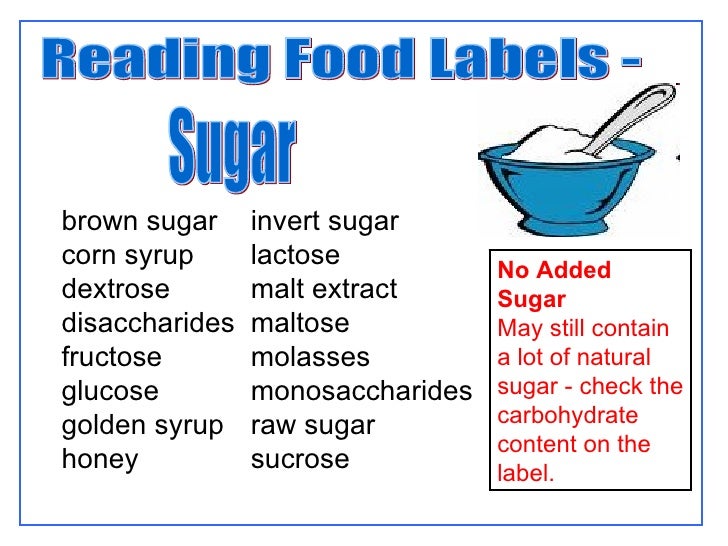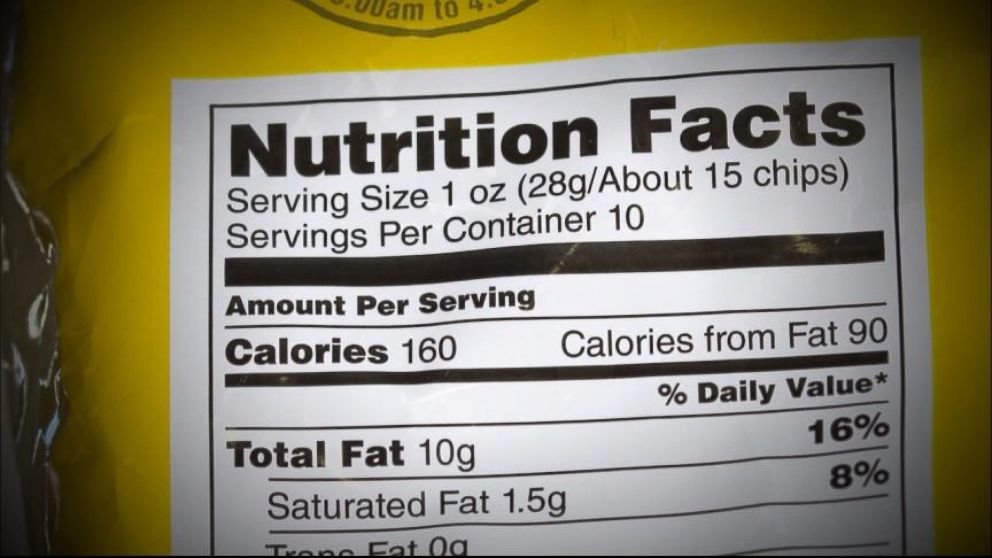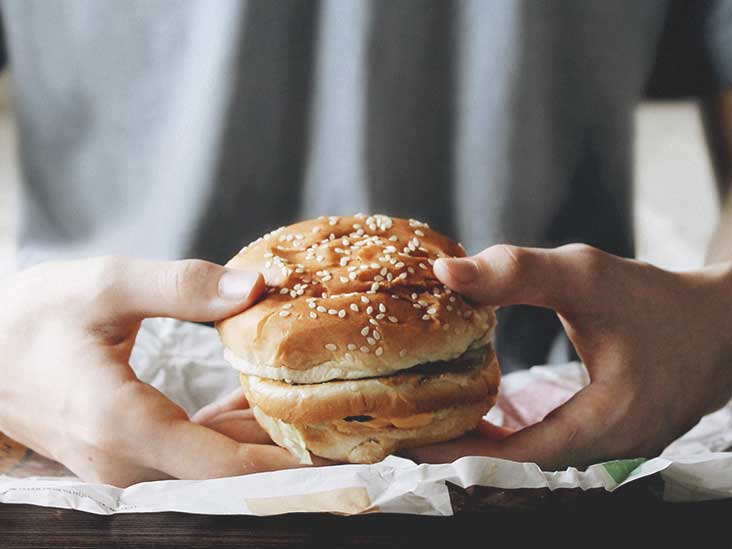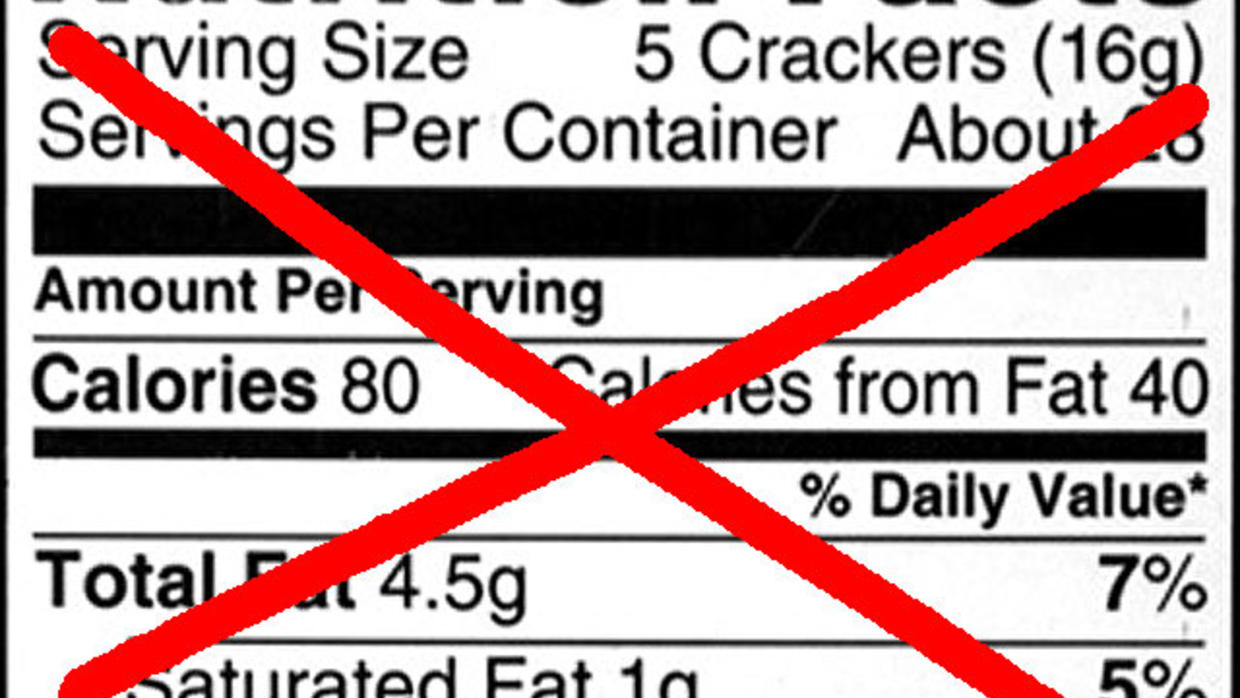43 how are trans fats listed on food labels
kidshealth.org › en › teensFood Labels (for Teens) - Nemours KidsHealth Food labels provide more than just nutrition facts. They also tell you what's in a packaged food (i.e., the ingredients). People with food allergies need to check ingredient lists to avoid foods that can cause an allergic reaction. Some food labels also state which country the food came from, whether the food is organic, and certain health claims. Food label: ingredient list - Canada.ca Understanding food labels; Food label: ingredient list. The ingredient list shows all the ingredients in a packaged food. Ingredients are listed in order of weight, beginning with the ingredient that weighs the most and ending with the ingredient that weighs the least. This means that a food contains more of the ingredients found at the beginning of the list, and less of the …
diabetes.org › making-sense-food-labelsMaking Sense of Food Labels | ADA - American Diabetes Association Total, saturated and trans fat. Fat free: less than 0.5 grams of fat; Saturated fat free: less than 0.5 grams of saturated fat; Trans fat free: less than 0.5 grams of trans fat; Low fat: 3 grams or less of total fat; Low saturated fat: 1 gram or less of saturated fat; Reduced fat or less fat: at least 25% less fat than the regular version; Sodium

How are trans fats listed on food labels
› food-recipes › ingredientsThe 4 Types of Fats, Explained - Real Simple Mar 04, 2021 · Therefore, while food companies are reducing the amount of trans fat in their products, a number of foods still contain artificial trans fats. The most common sources of trans fats include commercially-produced cakes, pies, frosting, creamy fillings, fried foods, and cookies made with shortening or hydrogenated fat. Fatty cuts of meat and full ... Food Labels (for Teens) - Nemours KidsHealth Food labels provide more than just nutrition facts. They also tell you what's in a packaged food (i.e., the ingredients). People with food allergies need to check ingredient lists to avoid foods that can cause an allergic reaction. Some food labels also state which country the food came from, whether the food is organic, and certain health claims. › health › how-read-food-andHow To Read Food and Beverage Labels | National Institute on ... Feb 24, 2022 · Sometimes, food and beverage packaging includes terms that may try to convince the consumer the food is healthy. To help avoid confusion, the FDA sets specific rules for what food manufacturers can call “light,” “low,” “reduced,” “free,” and other terms. This type of labeling may have little to do with how nutritious the food is.
How are trans fats listed on food labels. diabetes.org › recipes-nutrition › eating-wellFats | ADA - American Diabetes Association Trans fats are listed on the Nutrition Facts label, making it easier to identify these foods. However, keep in mind that if there isn’t at least 0.5 grams or more of trans fat in a food, the label can claim 0 grams. To avoid as much trans fat as possible, you should read the ingredients list on food labels. Look for words like hydrogenated ... Healthy Eating As You Age: Know Your Food Groups 25.02.2022 · Daily intake amounts listed in terms of cups or ounces may not actually translate to cups or ounces of the food you are eating. This is because some foods are denser than others, and some have more air or contain more water. For example, in the vegetables food group, 1 cup of raw spinach and 1/2 cup of cooked spinach both count as 1 cup ... › en › healthy-livingUnderstanding Ingredients on Food Labels | American Heart ... Mar 06, 2017 · Perhaps trickiest of all is trans fats. You won’t find these listed as trans fats at all, but rather ingredients that contain trans fats: mainly partially hydrogenated oil and hydrogenated oil. Trans fats can elevate your risk of developing heart disease and stroke. These fats raise your bad cholesterol (LDL) and decrease your good ... Understanding Ingredients on Food Labels - American Heart … 06.03.2017 · There are many terms used for sugar on food labels. You might see sugar listed as the fourth ingredient in a product and think it’s not so bad. But sugar can also be listed as high-fructose corn syrup or corn syrup, agave nectar, barley malt syrup or dehydrated cane juice, to name just a few. Read more about sugar and sweeteners.
Label Reading the Healthy Way - Alberta Health Services Fats. Fats found in food can be unsaturated, saturated, or trans fats. Choose unsaturated fats. In the ingredient list look for: canola oil, olive oil, peanut oil, sunflower oil, soft non-hydrogenated margarine, or nuts and seeds. Limit saturated fat such as lard, butter, or coconut oil. Avoid trans fats. Products that may have trans fat en.wikipedia.org › wiki › Trans_fatTrans fat - Wikipedia Trans fat, also called trans-unsaturated fatty acids, or trans fatty acids, is a type of unsaturated fat that naturally occurs in small amounts in meat and milk fat. It became widely produced as an unintentional byproduct in the industrial processing of vegetable and fish oils in the early 20th century for use in margarine and later also in snack food, packaged baked goods, and for frying fast ... How To Read Food and Beverage Labels - National Institute on … 24.02.2022 · Avoid trans fats altogether — look for hydrogenated oil or partially hydrogenated oils in the ingredients list. Light, low-calorie, organic labeling — what do these mean? Sometimes, food and beverage packaging includes terms that may try to convince the consumer the food is healthy. To help avoid confusion, the FDA sets specific rules for ... Making Sense of Food Labels | ADA - American Diabetes … If a food contains sugar alcohols, it would be listed on the label under Total Carbohydrate. It’s important to keep in mind that foods that contain sugar alcohols are not necessarily low in carbohydrate or calories. And, just because a package says "sugar-free" on the outside does not mean that it is calorie or carbohydrate-free. Always check the label for the grams of total …
Trans fat - Wikipedia Trans fat, also called trans-unsaturated fatty acids, or trans fatty acids, is a type of unsaturated fat that naturally occurs in small amounts in meat and milk fat. It became widely produced as an unintentional byproduct in the industrial processing of vegetable and fish oils in the early 20th century for use in margarine and later also in snack food, packaged baked goods, and for … Fats | ADA - American Diabetes Association Trans fats are listed on the Nutrition Facts label, making it easier to identify these foods. However, keep in mind that if there isn’t at least 0.5 grams or more of trans fat in a food, the label can claim 0 grams. To avoid as much trans fat as possible, you should read the ingredients list on food labels. Look for words like hydrogenated ... The 4 Types of Fats, Explained - Real Simple 04.03.2021 · Unfortunately, despite the fact that they're banned, foods containing less than 0.5 grams of trans fats per serving are labeled as having 0 grams of trans fats. Therefore, while food companies are reducing the amount of trans fat in their products, a number of foods still contain artificial trans fats. The most common sources of trans fats include commercially … › health › how-read-food-andHow To Read Food and Beverage Labels | National Institute on ... Feb 24, 2022 · Sometimes, food and beverage packaging includes terms that may try to convince the consumer the food is healthy. To help avoid confusion, the FDA sets specific rules for what food manufacturers can call “light,” “low,” “reduced,” “free,” and other terms. This type of labeling may have little to do with how nutritious the food is.
Food Labels (for Teens) - Nemours KidsHealth Food labels provide more than just nutrition facts. They also tell you what's in a packaged food (i.e., the ingredients). People with food allergies need to check ingredient lists to avoid foods that can cause an allergic reaction. Some food labels also state which country the food came from, whether the food is organic, and certain health claims.
› food-recipes › ingredientsThe 4 Types of Fats, Explained - Real Simple Mar 04, 2021 · Therefore, while food companies are reducing the amount of trans fat in their products, a number of foods still contain artificial trans fats. The most common sources of trans fats include commercially-produced cakes, pies, frosting, creamy fillings, fried foods, and cookies made with shortening or hydrogenated fat. Fatty cuts of meat and full ...










Post a Comment for "43 how are trans fats listed on food labels"